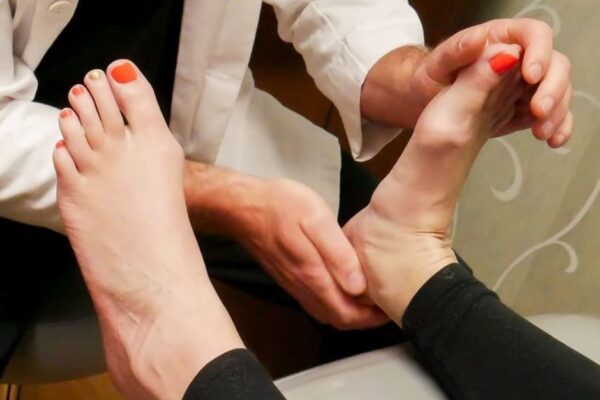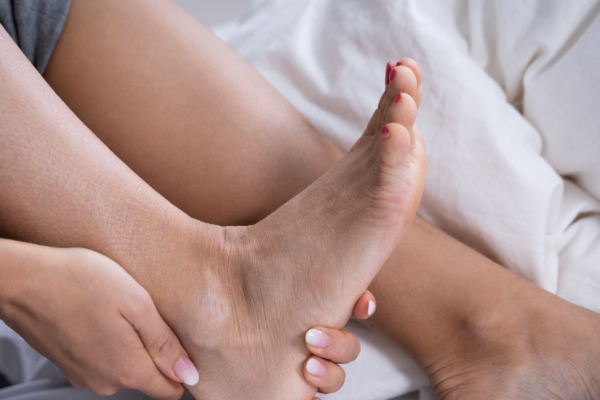
Don’t ignore your heel pain.
Picture this: it’s Sunday evening, and you pull out your phone to check your schedule for this week: several meetings, home repairs that need done, activities to which the kids need taken, and there’s also those workouts you’ve been trying to squeeze in. Monday morning, you step out of bed, and BAM your heel suddenly
Read more

